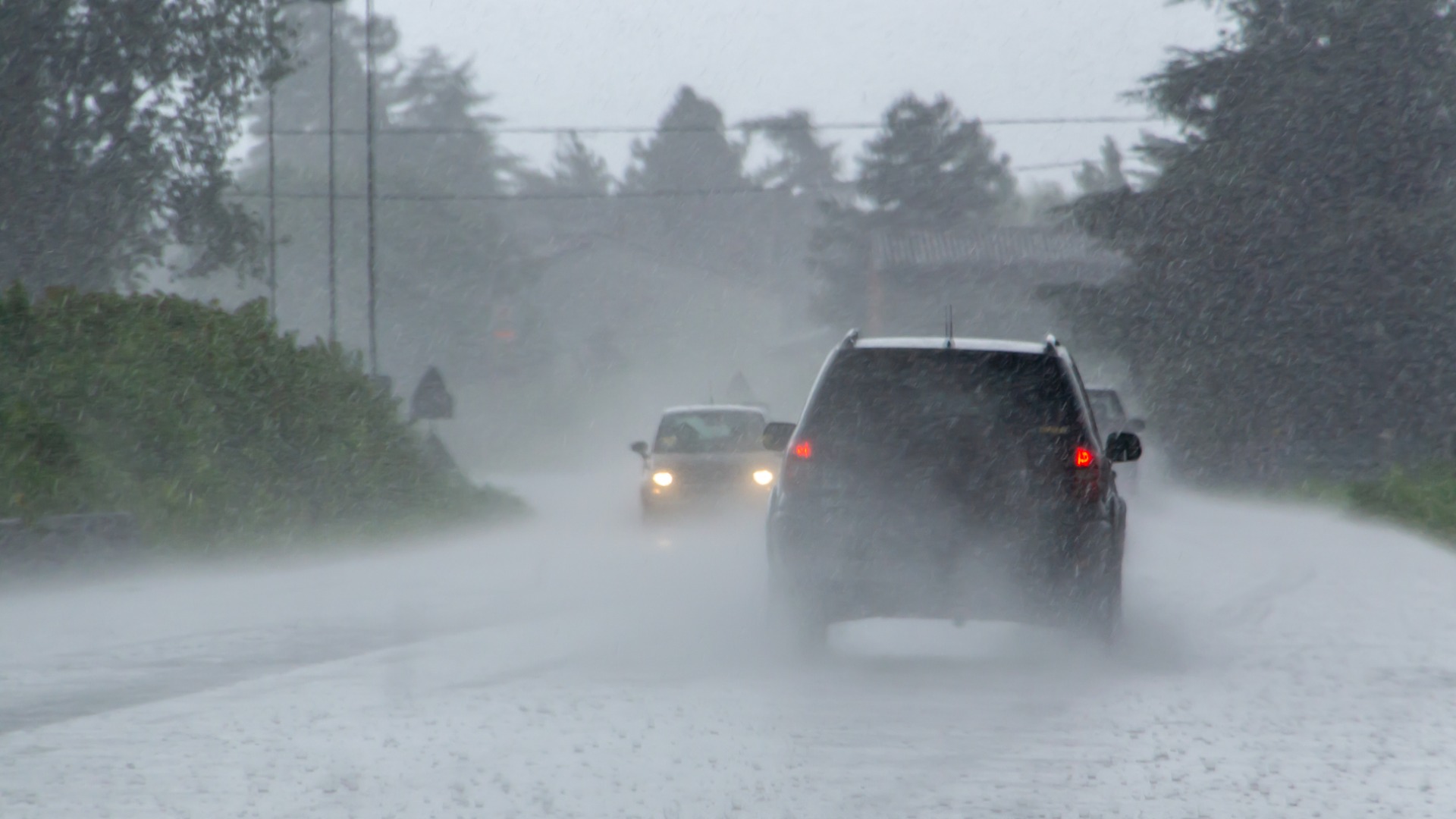Conner Snodgrass, Implementation Advisor
Mary Field, Implementation Advisor
In previous installments, we have discussed how cutting-edge forecasting services are now incorporating climatology and other weather-related considerations into their forecasts. Today’s article will be the next installment in that series where we explore how customer patterns and buying habits are shaped by the weather, and what other layers should be considered in a comprehensive forecast.
What role does weather play in forecasting?
The answer to this question varies by region. 50 degrees Fahrenheit with a drizzle will have a different effect on shoppers in Michigan vs. Southern California. The weather impacts the decisions of people every single day, from what they have for lunch, to what outfit they wear, and even the tasks they will perform that day. The conditions outside can be the deciding factor on whether a consumer shops online or visits the store and can even shift how their hard-earned money is spent across certain products and services. Weather patterns also affect a myriad of business operations from the supply chain all the way down to frontline staffing considerations. The impact of the weather is not only felt during the day-to-day operations, but also weekly, monthly and quarterly through seasonality. The most advanced forecasting solutions can consider not only the weather forecast and seasonality, but also scale the impact to the local store or region being forecasted.
What role does the weather have on customer shopping patterns?
There are a multitude of weather factors that influence both customer shopping patterns as well as buying habits. Weather affects which channels consumers use to make purchases. During warm and sunny days, brick and mortar stores will see more in-person shoppers, whereas during periods of inclement weather, traffic to online portals can increase. One study found that cold or rainy days boost traffic to home, furniture and wholesale retailers by 12 percent compared to warm or sunny days. A similar Canadian study found that shoppers exposed to sunlight dramatically increased their levels of consumption, as well as the amount spent per item. These Canadian shoppers were also found to buy more cold snacks when it’s hot, such as ice cream, vs. hot meals like oatmeal when it’s cold outside. While these impacts seem somewhat obvious, there are also more subtle impacts that the weather can have on customer shopping patterns such as seasonality. When the seasons change, retailers typically adjust their merchandise and marketing efforts to follow suit. Summer, for example, may be a great opportunity for home goods retailers to put their barbeque grills and sunscreen lotion on display. By correctly forecasting when and where these seasonal changes should occur, retailers can position themselves to take advantage of the weather’s impact on customer shopping patterns.
What impact will this have in the United States? United Kingdom? Elsewhere?
Certain weather events affect all shoppers universally, regardless of location. However, some markets may feel the impact of specific weather or seasonality differently. How might the weather impact shoppers in two different countries? The answer to that question depends on a lot of variables. Let’s take shoppers in the United States vs. the United Kingdom, for example. The US has far more sunny days on average than the UK. This could cause shoppers in the UK to disproportionally spend during or in anticipation of sunny days, and thus the impact in each country should be handled discretely. In another example, the average grocery cart size for a UK shopper is smaller than that of a shopper in the US. UK shoppers favor smaller, more frequent, trips while US shoppers tend to have larger, infrequent trips. A shopper in the US might put off a grocery trip if the weather is inclement because the bigger basket size results in more time spent hauling and unloading the groceries in the rain. Cultural trends like these should be considered when deciding what impact the weather will have on the forecast, which is why it is so important to have regional-level data as an input. While the weather impact on shopping trends will certainly vary by country, it will also most definitely vary by region. The cart size example above could also apply to urban areas of the US, where shoppers are getting to and from the store using public transit or by walking. By capturing and analyzing region-specific weather events and customer shopping habits/patterns, and including them in our forecasting process, we can begin to capture some of these critical data points that go into the decision-making process of our customers.
What else can affect a forecast?
We’ve talked a lot about climate and weather and how they can affect your forecasts. However, there are many other items that will affect your forecasts on a daily basis and it’s important to unravel some more of these key variables.
- Events. When looking at the forecast, it’s important to consider any historical and future events that either have affected sales in the past or will affect sales in the future. Examples can include local sporting events, holidays or even merchandising events. A good forecast will take these anomalies into account when looking toward future events that might have similar effects on sales or customer traffic.
- Seasonality. Holiday seasons can play a significant role in your forecast. Candy and flowers are going to sell more closer to the Valentine’s or Mother’s Day holidays. In the US, the holiday season between November to January has a huge impact on shoppers. Consumers are no longer just celebrating on the holiday itself, but many have multiple holiday parties throughout those monthly timeframes. Having baking and entertaining supplies available through the entire season is important. A good forecast will take this into account.
- Business trend. Forecast algorithms should be sensitive regarding whether volume is growing or declining by comparing year over year as well as recent sales trends to determine if recent changes are part of seasonality that we described earlier, or if they are part of a larger trend.
Closing
The weather impacts the decisions of people every single day, from what they have for lunch, to their outfits, and even their activities. The weather can determine whether a consumer shops online or in-store, and it can even affect what products and services they purchase. The best forecasting solutions are incorporating detailed, region-specific, weather data to forecast the sizeable impact of the local weather more accurately on retail patterns. However, keep in mind that the weather is just one advanced consideration into an accurate forecast. The best forecasting solutions will use multiple layers of inputs in the forecast including but not limited to those outlined in this article. Keep this information in mind when considering how to enhance the forecasts for your retail operations.
Try the retail industry’s most accurate AI and M-driven metric forecasting for free! Complementary 8-week forecast at no cost to you. Learn more.




